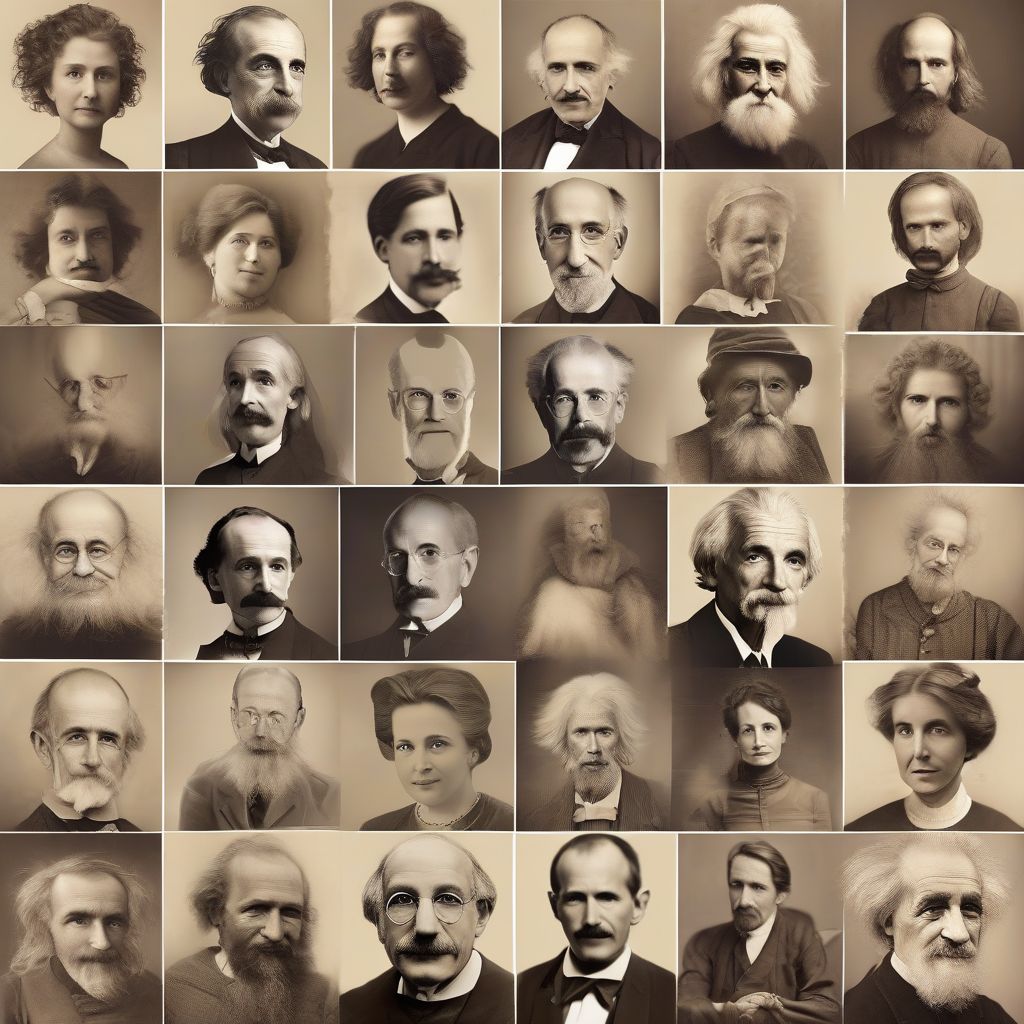Have you ever wondered what separates the truly groundbreaking innovators from the rest? It’s not just intelligence or hard work, though those are certainly important. It’s a unique blend of vision, persistence, and a dash of creative genius that allows them to leave a lasting legacy. From the invention of the wheel to the development of the internet, the creative legacy of history’s greatest innovative minds has shaped the world we live in today. This article delves into the profound impact these individuals have had, exploring their thought processes, motivations, and the enduring contributions that continue to inspire us.
The Power of Observation and Curiosity
Many of history’s most innovative minds shared a common trait: an insatiable curiosity and a keen eye for observation. Leonardo da Vinci, a quintessential Renaissance man, meticulously studied the natural world, filling notebooks with sketches of anatomy, plants, and flying machines. This deep understanding of the world around him fueled his creativity, leading to groundbreaking inventions and artistic masterpieces. Similarly, Isaac Newton’s observation of a falling apple sparked his inquiries into gravity, ultimately revolutionizing our understanding of the universe.
Cultivating a Curious Mind
Like da Vinci and Newton, we can foster our own creativity by cultivating a curious mind. Ask questions, explore new ideas, and challenge conventional thinking. As Albert Einstein, another titan of innovation, famously said, “The important thing is to never stop questioning.”
Embracing Failure as a Stepping Stone
Innovation rarely follows a straight path. Setbacks and failures are inevitable, yet the greatest innovators view these experiences not as defeats, but as opportunities for growth and learning. Thomas Edison, known for his relentless experimentation, famously remarked, “I have not failed. I’ve just found 10,000 ways that won’t work.” This unwavering persistence, coupled with a willingness to learn from mistakes, is essential for achieving true innovation.
Learning from Setbacks
We can all learn from Edison’s example. Embrace failures as learning experiences, analyze what went wrong, and adjust your approach accordingly. Don’t be afraid to take risks and step outside your comfort zone.
Collaboration and the Cross-Pollination of Ideas
While individual brilliance is crucial, many groundbreaking innovations have arisen from collaboration and the exchange of ideas. The scientific revolution, for example, was fueled by a network of thinkers who shared their discoveries and built upon each other’s work. Today, collaborative environments in fields like technology and medicine continue to drive innovation forward.
The Importance of Networking
Networking and engaging with others in your field can spark new ideas and open up unexpected avenues for innovation. Sharing your work and seeking feedback can provide valuable insights and help you refine your approach.
The Impact of Innovative Minds on Society
The creative legacies of history’s greatest innovators have profoundly shaped human civilization. From the printing press, which democratized knowledge, to the development of vaccines, which have saved countless lives, these innovations have transformed our world in countless ways.
Inspiring Future Generations
The stories of these remarkable individuals serve as a powerful source of inspiration for future generations. By studying their lives and work, we can gain a deeper understanding of the creative process and the power of innovation to change the world.
Beyond Technology: Innovation in Art and Culture
Innovation isn’t confined to the realms of science and technology. Artists, writers, and musicians have also pushed creative boundaries, leaving behind a rich legacy that continues to inspire and provoke. Think of the groundbreaking work of Pablo Picasso, whose abstract paintings revolutionized the art world, or the transformative music of Beethoven, who broke free from classical conventions.
The Enduring Power of Creativity
These examples demonstrate the enduring power of creativity in all its forms. Whether it’s a scientific breakthrough, a work of art, or a new way of thinking, innovation enriches our lives and expands our horizons.
 Creative Legacy of Innovative Minds
Creative Legacy of Innovative Minds
- Hardcover Book
- English (Publication Language)
- Ponomarenko, Nicholas (Author)
- English (Publication Language)
- Audible Audiobook
- Legacy Creative Press (Author) - Doyle Sanders (Narrator)
- Goyer, Tricia (Author)
- English (Publication Language)
- Hardcover Book
- Mueller, Gordon H. “Nick” (Author)
- Daniel Taylor (Author)
- English (Publication Language)
- Hart Clyne, Amy (Author)
- English (Publication Language)
- Used Book in Good Condition
- Hardcover Book
- Hardcover Book
- Rogers, Jeff (Author)
- Hardcover Book
- Mercury, Freddie (Author)
The Importance of Vision and Purpose
Driving innovation often requires a strong vision and a sense of purpose. The Wright brothers, for instance, were driven by a dream of human flight, a vision that ultimately led to the invention of the airplane. Similarly, Marie Curie’s dedication to scientific discovery fueled her groundbreaking research on radioactivity, despite facing numerous obstacles.
Finding Your Purpose
Identifying your own passions and purpose can be a powerful catalyst for innovation. What problems do you care about solving? What impact do you want to make on the world?
Adaptability and the Evolution of Ideas
The most enduring innovations are often those that can adapt and evolve over time. The internet, for instance, has undergone dramatic transformations since its inception, continually adapting to new technologies and user needs. This adaptability is crucial for ensuring that innovations remain relevant and impactful in a constantly changing world.
Embracing Change
In today’s rapidly evolving environment, adaptability is more important than ever. Be open to new ideas, embrace change, and be willing to iterate on your work.
Conclusion
The creative legacy of history’s greatest innovative minds is a testament to the power of human ingenuity and imagination. From scientific breakthroughs to artistic masterpieces, these individuals have shaped our world in profound ways. By cultivating curiosity, embracing failure, and collaborating with others, we can all tap into our own creative potential and contribute to the ongoing story of human innovation. What will your contribution be? Share your thoughts and ideas in the comments below!










